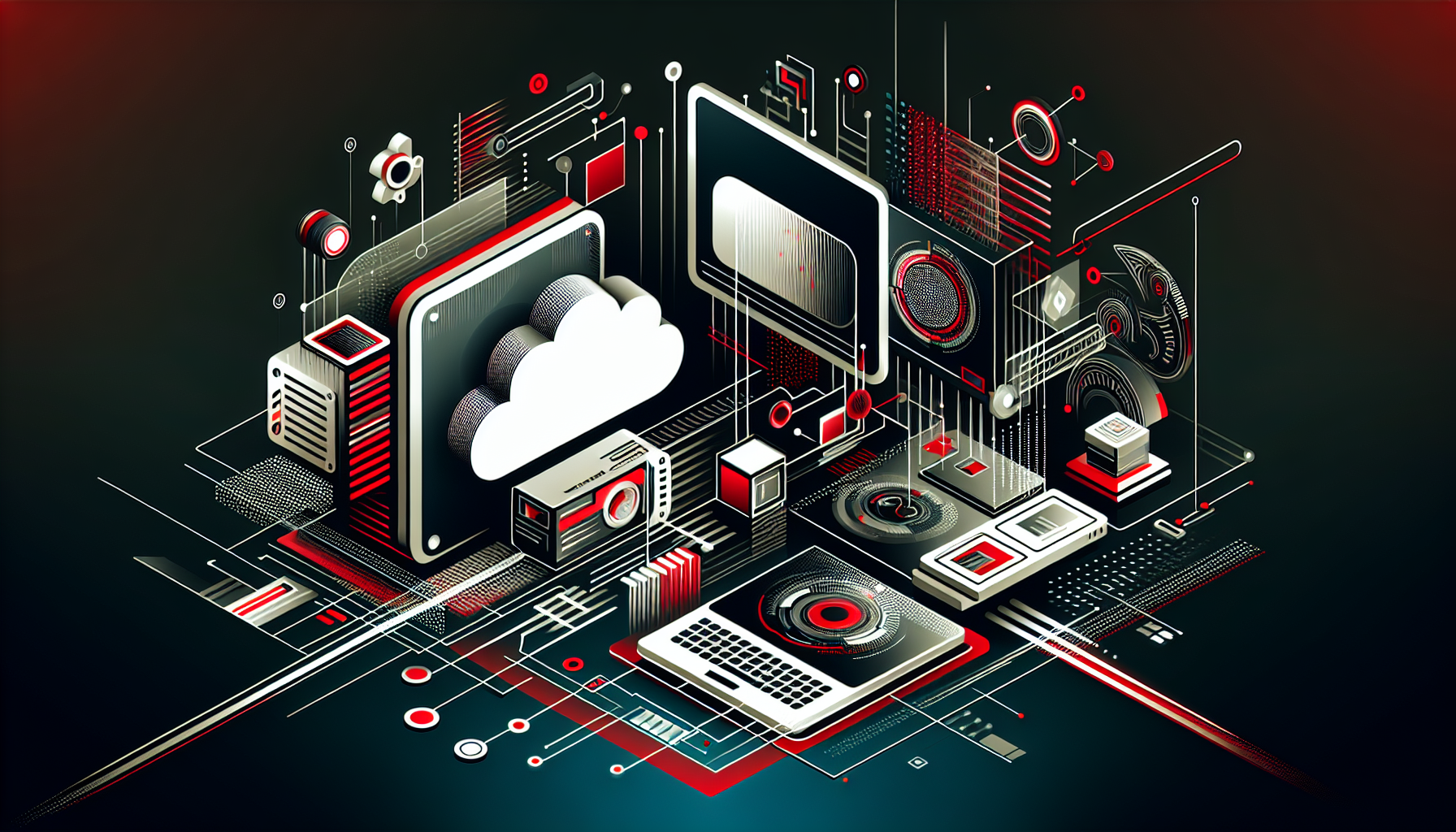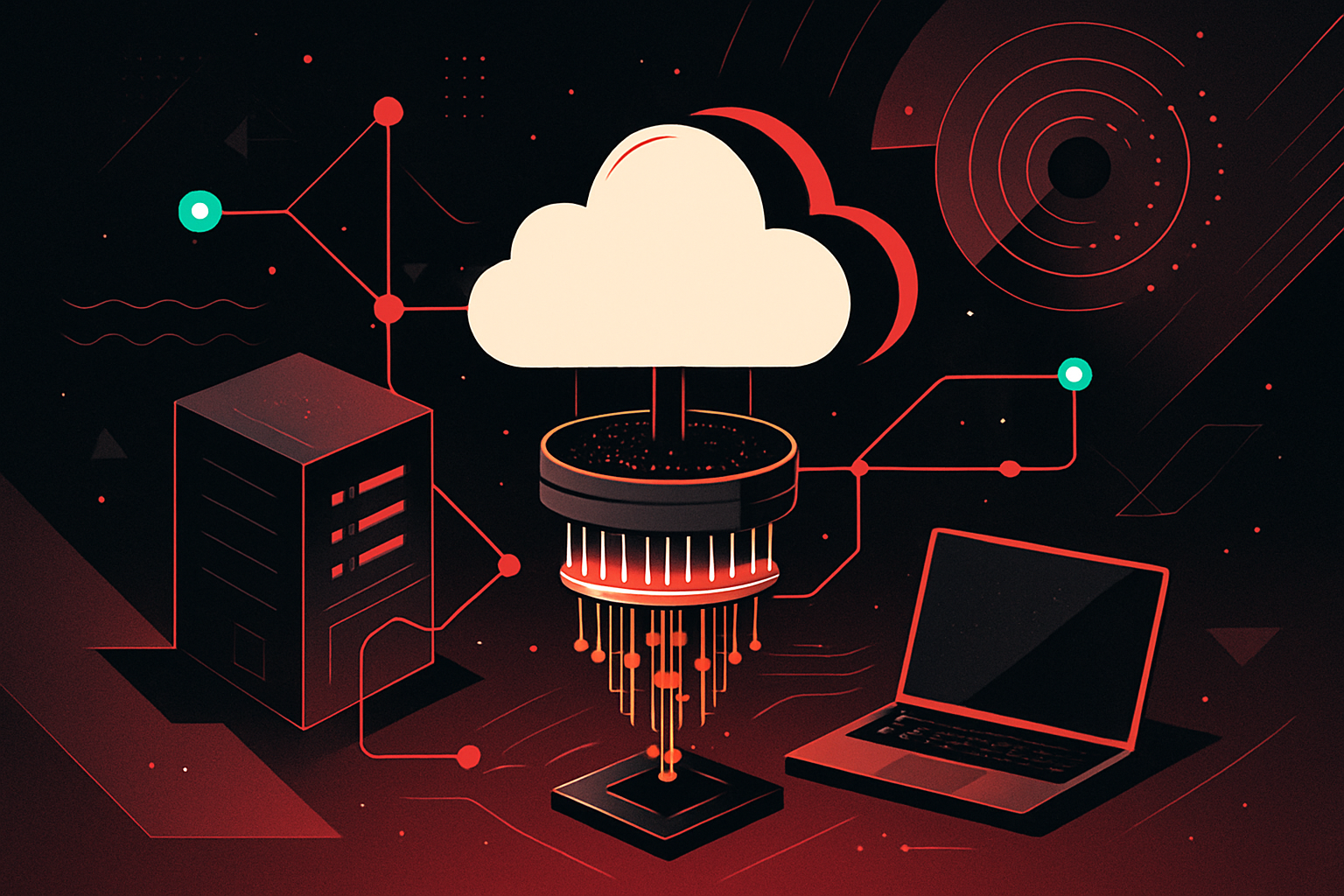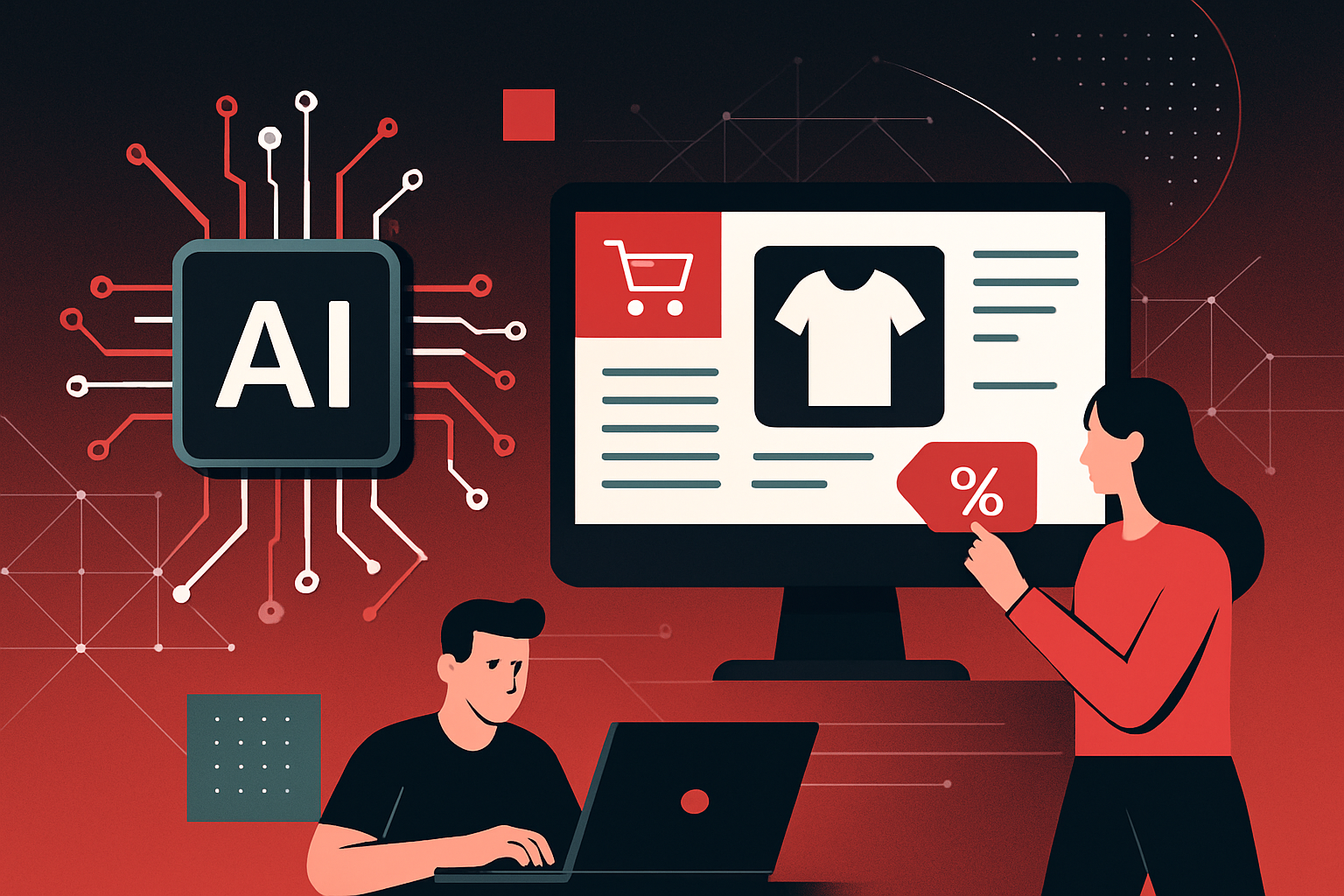Top Cloud Computing Trends in 2025

Edge Computing Becomes Mainstream
Edge computing is set to become a cornerstone of cloud technology by 2025. By processing data closer to where it is generated, edge computing reduces latency, improves performance, and enables real-time decision-making. This is particularly critical for applications such as autonomous vehicles, IoT devices, and smart cities.
Key Benefits of Edge Computing
- Reduced Latency: By minimizing the distance data needs to travel, edge computing provides near-instantaneous data processing and response times.
- Bandwidth Optimization: Offloading data processing to edge devices reduces the burden on cloud infrastructure.
- Enhanced Security: Local data processing minimizes the risk of data interception during transmission.
Implementation Example: Edge AI for Smart Cameras
import cv2
def process_frame(frame):
# Example of edge AI processing on a frame
processed_frame = cv2.cvtColor(frame, cv2.COLOR_BGR2GRAY)
return processed_frame
# Simulating edge device capturing video
cap = cv2.VideoCapture(0)
while True:
ret, frame = cap.read()
if not ret:
break
processed = process_frame(frame)
cv2.imshow('Edge AI Processed', processed)
if cv2.waitKey(1) & 0xFF == ord('q'):
break
cap.release()
cv2.destroyAllWindows()
Serverless Computing Expands
Serverless computing is evolving, offering more robust solutions for developers. By 2025, serverless will support a broader range of workloads, simplify orchestration, and reduce costs through more efficient resource use.
Advantages of Serverless Computing
- Cost Efficiency: Pay only for execution time, not idle resources.
- Simplified Scaling: Automatically scales with demand without user intervention.
- Improved Productivity: Developers focus on code rather than infrastructure management.
Practical Insights
- Cold Start Optimization: Use Node.js or Go for faster initialization times.
- Vendor-Agnostic Deployments: Use tools like Serverless Framework or AWS SAM for cross-platform development.
AI and Machine Learning Integration
AI and ML are integral to cloud services, providing intelligent automation and advanced data analytics. By 2025, cloud providers will offer more specialized AI services tailored to specific industry needs.
AI-Powered Cloud Services
- Predictive Analytics: Leveraging AI to forecast trends and behaviors.
- Automated Resource Management: AI optimizes resource allocation dynamically.
- Natural Language Processing (NLP) Services: Enhanced customer interactions via AI-driven chatbots and voice assistants.
Example: Deploying a Machine Learning Model on AWS
# Install AWS CLI and configure
pip install awscli
aws configure
# Create a SageMaker model
aws sagemaker create-model --model-name my-model --primary-container Image=123456789012.dkr.ecr.us-west-2.amazonaws.com/my-image:latest
# Deploy the model
aws sagemaker create-endpoint-config --endpoint-config-name my-endpoint-config --production-variants VariantName=AllTraffic,ModelName=my-model,InitialInstanceCount=1,InstanceType=ml.m5.large
aws sagemaker create-endpoint --endpoint-name my-endpoint --endpoint-config-name my-endpoint-config
Multi-Cloud Strategies
Organizations are increasingly adopting multi-cloud strategies to avoid vendor lock-in, improve resilience, and optimize costs. By 2025, managing multiple cloud environments seamlessly will be crucial for businesses.
Multi-Cloud Management Tools
- Kubernetes: Deploy and manage applications across multiple clouds.
- Terraform: Infrastructure as code (IaC) for consistent setups across providers.
- CloudHealth: Monitor and optimize cloud spending and performance.
Use Case: Multi-Cloud Storage with Kubernetes
apiVersion: v1
kind: PersistentVolume
metadata:
name: multi-cloud-pv
spec:
capacity:
storage: 10Gi
accessModes:
- ReadWriteOnce
csi:
driver: ebs.csi.aws.com
volumeHandle: vol-0abcd1234
---
apiVersion: v1
kind: PersistentVolumeClaim
metadata:
name: multi-cloud-pvc
spec:
accessModes:
- ReadWriteOnce
resources:
requests:
storage: 10Gi
Enhanced Cloud Security Protocols
With increasing cyber threats, cloud security protocols are becoming more sophisticated. By 2025, expect widespread adoption of zero-trust architecture, advanced encryption methods, and AI-driven threat detection.
Security Enhancements
- Zero-Trust Architecture: Trust no one, verify everyone principle for network security.
- Homomorphic Encryption: Perform computations on encrypted data without decrypting it.
- AI-Driven Security: Real-time threat detection using AI analytics.
Actionable Security Measures
- Implement MFA: Use multi-factor authentication across all cloud services.
- Regular Security Audits: Conduct periodic audits and vulnerability assessments.
- Automate Security With AI: Use AI to monitor and respond to security incidents.
Sustainable Cloud Initiatives
The environmental impact of cloud computing is under scrutiny. By 2025, cloud providers will prioritize sustainability, utilizing renewable energy and optimizing data center efficiency.
Key Initiatives for Sustainability
- Renewable Energy: Transitioning data centers to solar, wind, and hydroelectric power.
- Energy-Efficient Hardware: Using ARM processors and other low-power hardware.
- Carbon-Neutral Goals: Committing to carbon-neutral operations by specific target dates.
Practical Steps for Cloud Sustainability
- Monitor Energy Usage: Use tools like AWS CloudWatch to track and optimize energy consumption.
- Choose Green Providers: Partner with cloud providers committed to sustainability.
- Optimize Workloads: Implement efficient coding practices to reduce computational load.
Summary Table of Trends and Tools
| Trend | Key Tools & Technologies | Benefits |
|---|---|---|
| Edge Computing | IoT Devices, Local Processing | Reduced latency, improved performance |
| Serverless Computing | AWS Lambda, Azure Functions | Cost efficiency, automatic scaling |
| AI and ML Integration | AWS SageMaker, Google AI Platform | Intelligent automation, advanced analytics |
| Multi-Cloud Strategies | Kubernetes, Terraform | Vendor independence, improved resilience |
| Enhanced Cloud Security | Zero-Trust, Homomorphic Encryption | Increased security, real-time threat detection |
| Sustainable Cloud | Renewable Energy, ARM Processors | Reduced carbon footprint, energy-efficient operations |





0 thoughts on “Top Cloud Computing Trends in 2025”